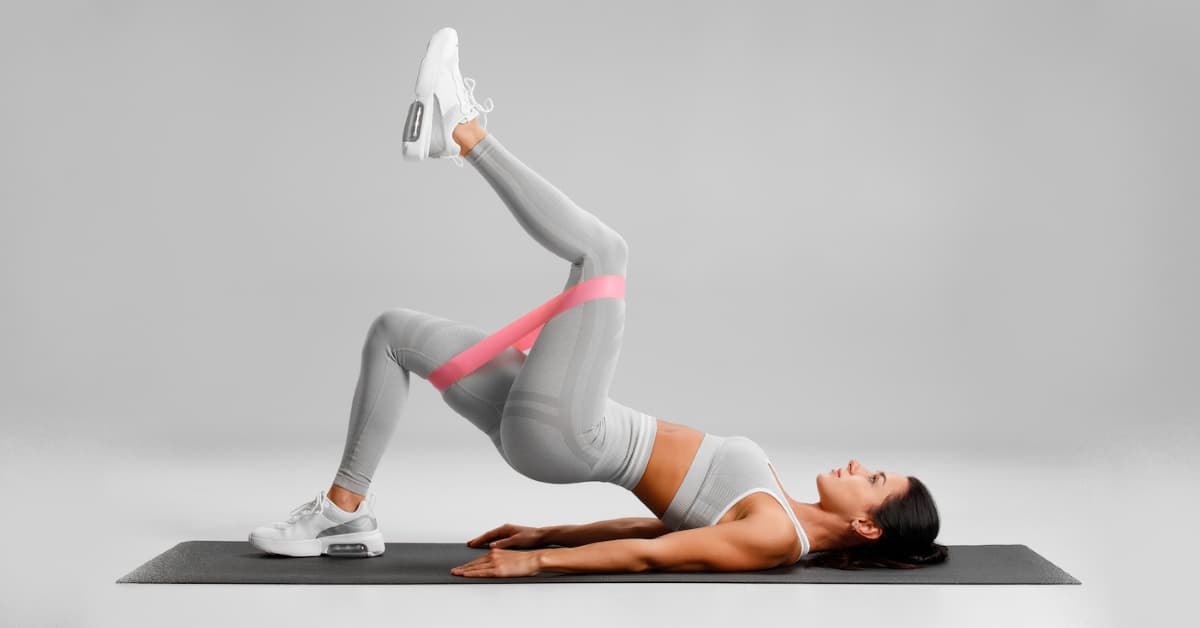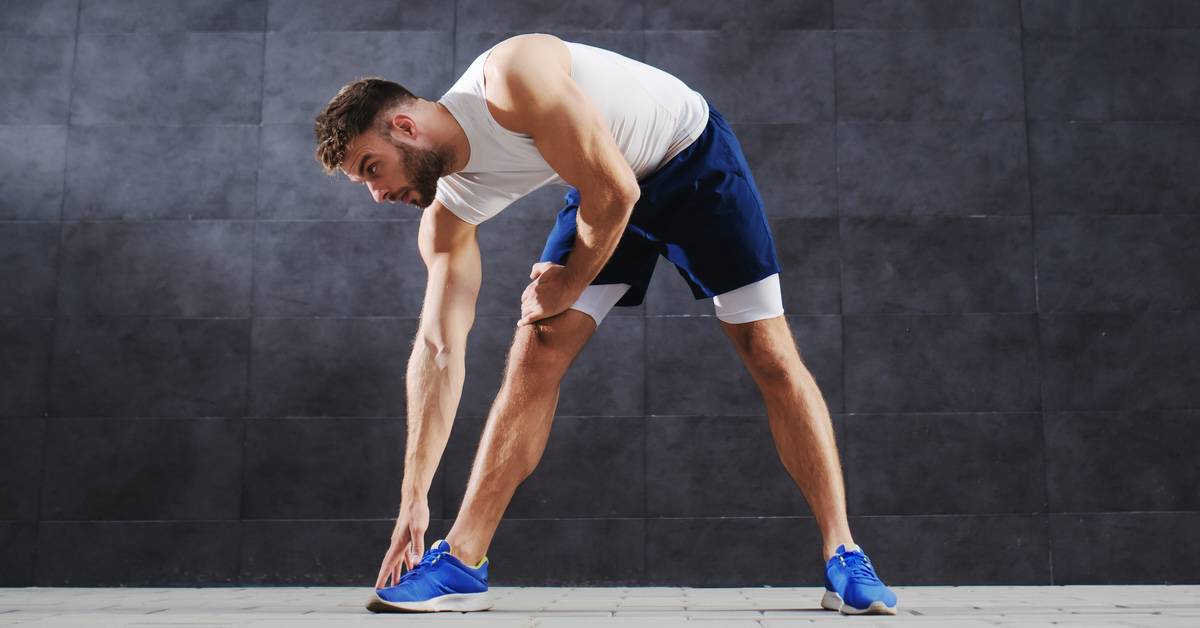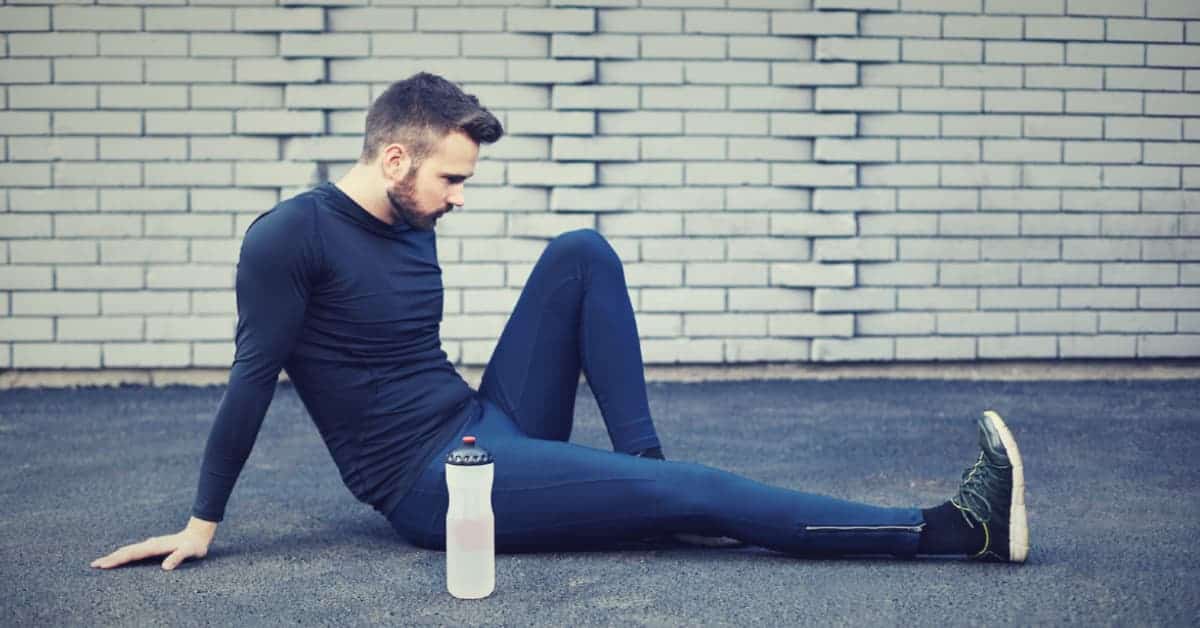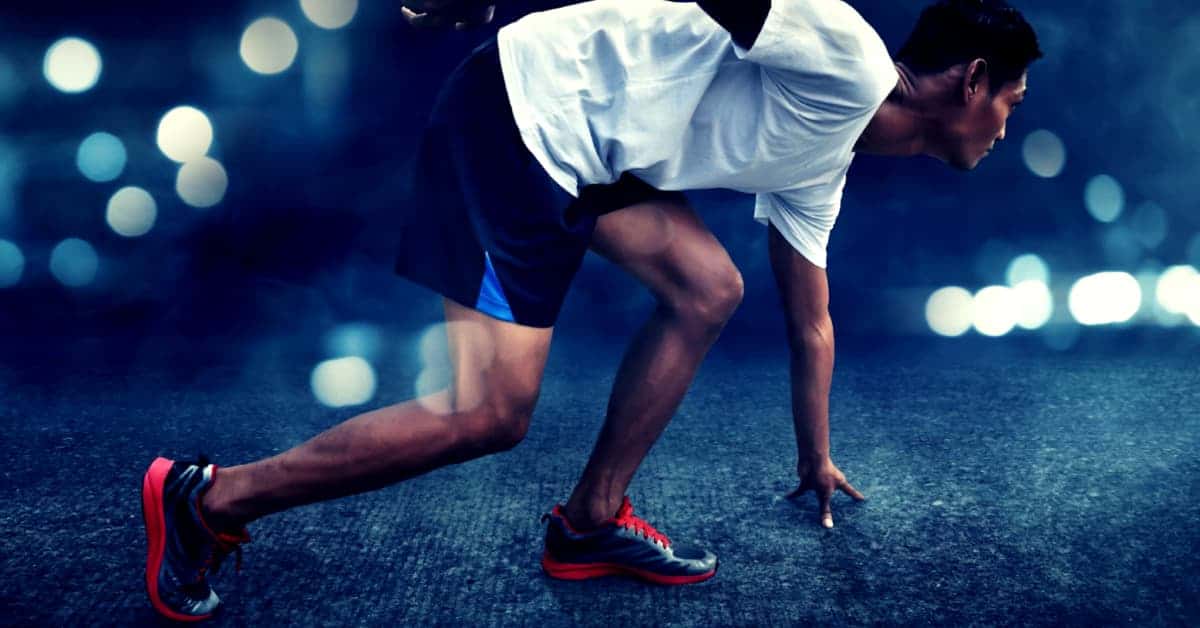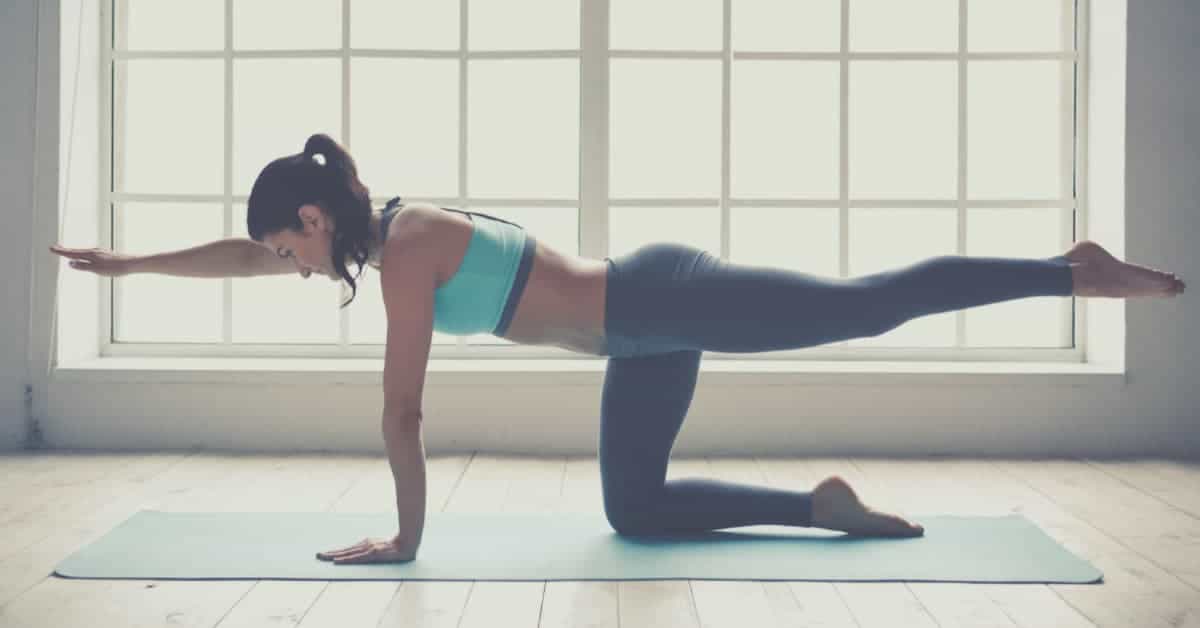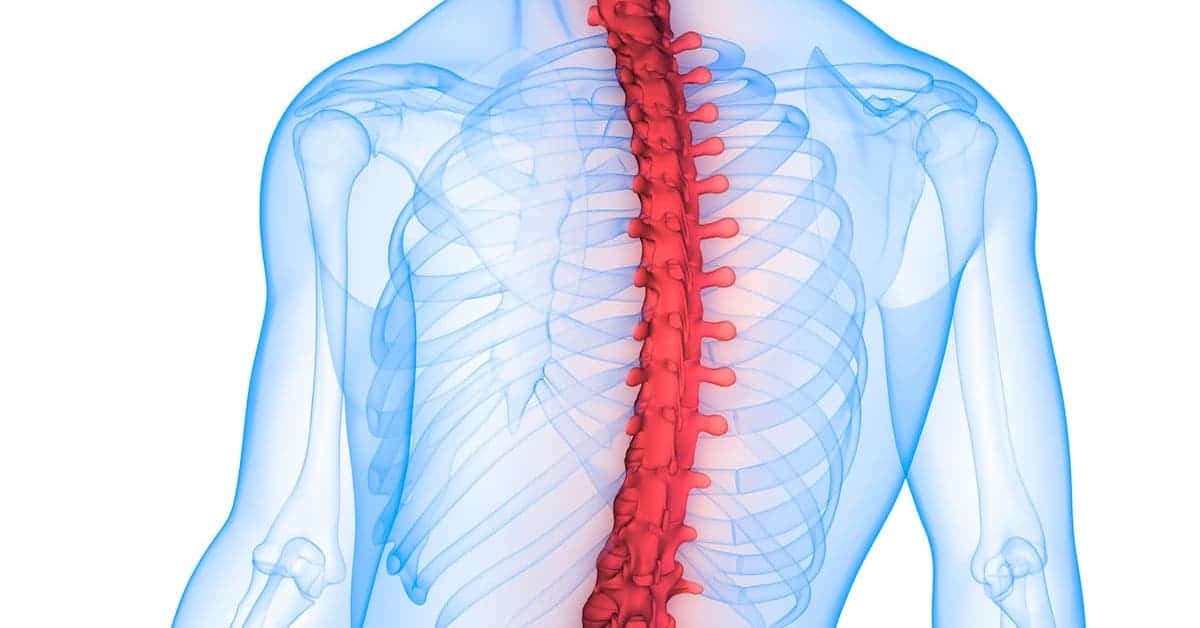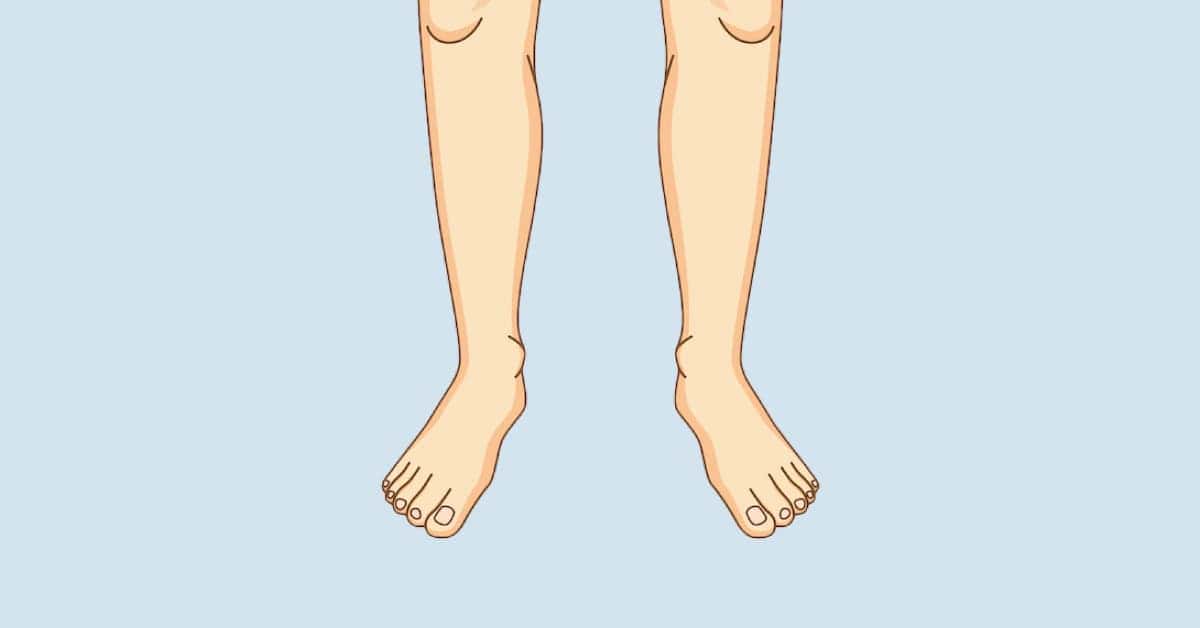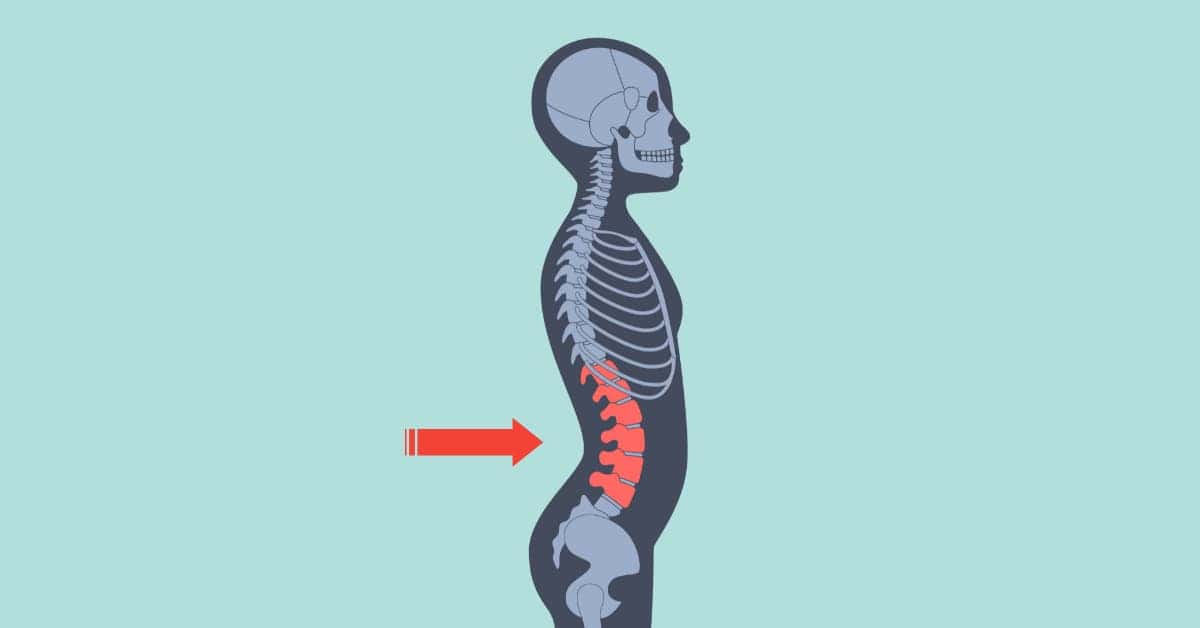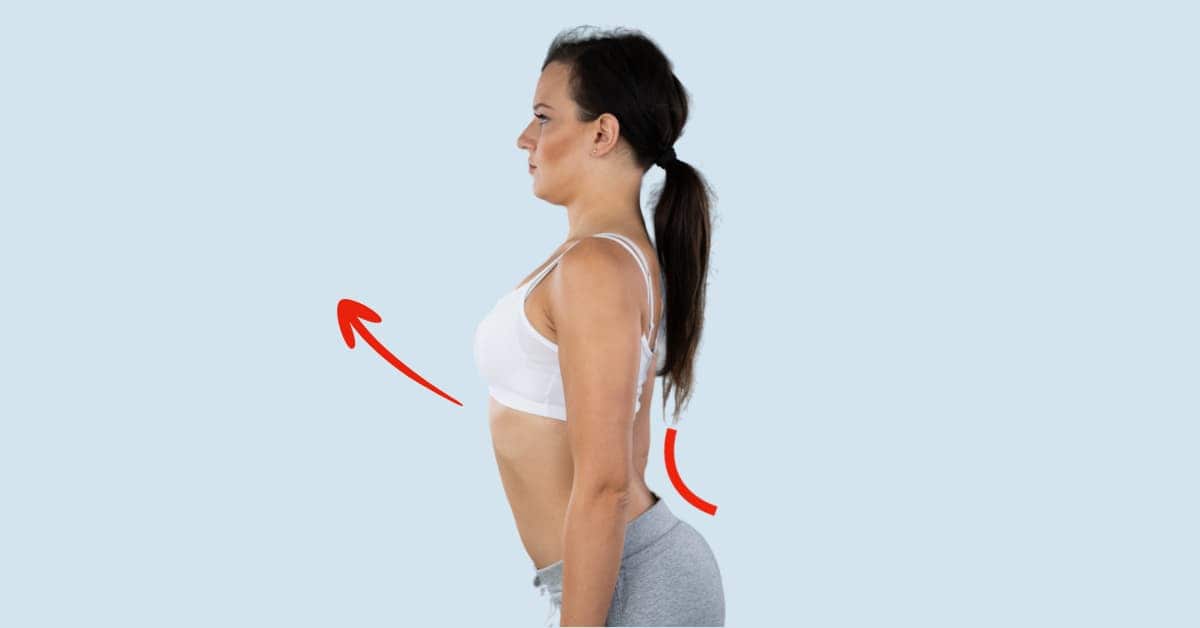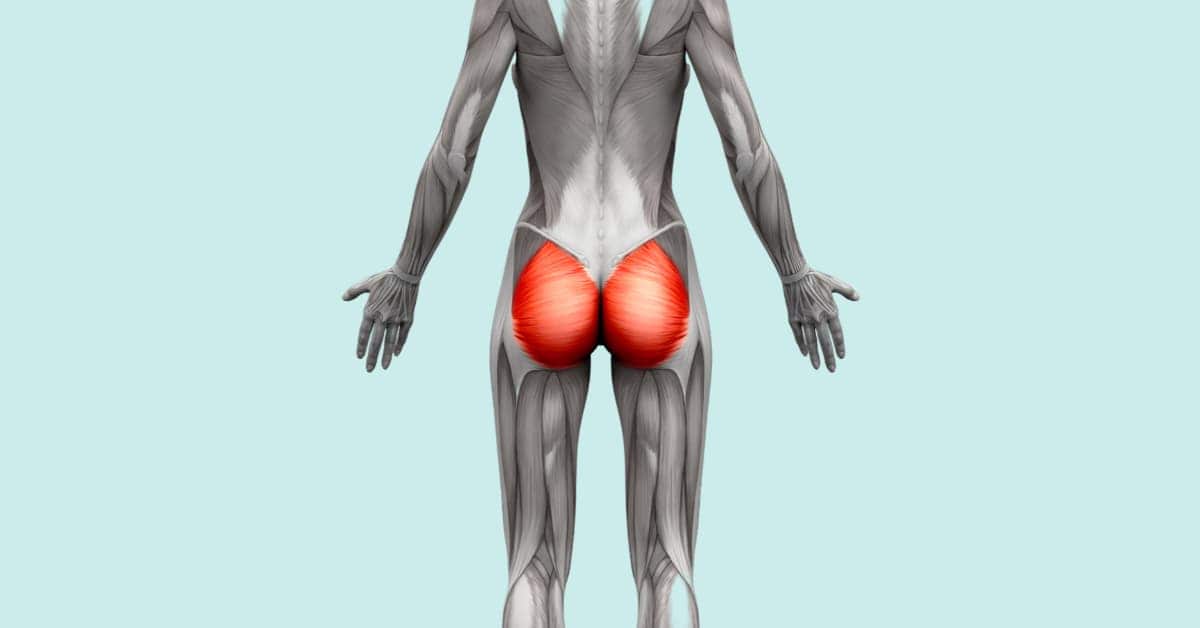An imbalanced glute function can result in one side of the buttocks working harder, while the other side struggles to keep up.
There are various potential causes for a glute imbalance; however, two primary factors are often responsible:
- If one hip is tighter than the other, it can lead to diminished glute activation on the tighter side. A reciprocal relationship exists between the hip flexors and glutes on the same side. Tightness in one can impact the functionality of the other—specifically, the glutes. In such cases, the tightness may restrict your hip extension range, preventing the weaker glute from activating as effectively as it should.
- Synergistic dominance of the hamstring over the weaker glute occurs when the hamstring on the side of the weaker glute compensates for the lack of strength and activation in the glute. As a result, the weaker glute isn’t engaged or worked out as much as it should be during exercise, contributing to the imbalance.
If you observe tightness in the hip on the side of your weaker glute or hamstring dominance on the weaker glute side, a glute imbalance is likely present.
Other possible indicators include variations in muscle activation during exercises, where one glute may seem to be doing the majority of the work. You might also experience uneven muscle soreness after a workout (one glute feeling more sore the following day). Visual cues, such as one glute appearing larger than the other, can also hint at a glute imbalance.
I. Addressing Glute Imbalances: Causes and Strategies
To address a glute imbalance, it is important to tackle the two possible contributing factors mentioned.
Firstly, if tight hips are the issue, concentrate on alleviating this tightness. This can be achieved by emphasizing stretches and exercises that release tension on the affected side. By doing so, you may enhance the hip extension range on that side, which can, in turn, lead to better glute activation during workouts.
Regarding potential hamstring dominance, selecting exercises that specifically target the weaker glute is crucial while minimizing hamstring engagement. This approach ensures that the underdeveloped glute receives adequate activation and strengthening, without allowing the hamstrings to compensate for any weaknesses.
In the following sections, we will outline specific exercises and techniques designed to target the weak glute, taking into account both tight hips and hamstring dominance. By incorporating these exercises into your routine, you can work towards achieving a more balanced and functional set of glutes.
II. Releasing and Stretching Tight Hip Flexors
To address tight hip flexors, releasing and stretching them is important. By focusing on the tight side, you should be able to improve hip extension and, thus glute activation.
A. Foam rolling the hip flexors
- Lie facedown with a foam roller placed under your hip.
- Roll up and down, focusing on the tight hip flexor.
- Spend 30-60 seconds on this area, or until you feel relief.
B. Massage ball release
- Lie facedown with a massage ball placed under your hip flexor.
- Apply gentle pressure and move around to find the tender spots.
- Hold for 20-30 seconds on each tender spot, or until you feel relief.
C. Standing hip flexor stretch
- Stand with one foot behind you with your front knee slightly bent.
- Keep your back straight and engage your core.
- Gently push your hips forward, feeling the stretch in the hip flexor.
- Hold for 30 seconds and repeat on the tight side.
D. Kneeling hip flexor stretch
- Kneel on one knee, with the other foot flat on the floor.
- Keep your back straight and engage your core.
- Gently push your hips forward, feeling the stretch in the hip flexor.
- Hold for 30 seconds and repeat on the tight side.
III. Strengthening the Weak Glute
To strengthen the weak glute and address potential hamstring dominance, we’ve selected exercises that focus on the glute while minimizing hamstring involvement. This will ensure that the weak glute is activated and strengthened without relying on the hamstrings to compensate.
A. Modified single-leg glute bridge
The exercise described above shows you how to do a single-leg glute bridge in such a way as to make sure that the hamstrings do not take on the work of the weak glute.
- Find a sturdy wall with a clear area around it for support.
- Lie on your back with knees bent and feet flat on the ground.
- Position your arms against the wall, preparing to lift your hips.
- Lift one leg off the ground and push your hips up towards the ceiling.
- Slowly lower your hips and repeat for the desired number of repetitions.
Repeat this exercise as often as needed on the weaker glute.
B. Unilateral pillow squeeze
- Lie on your front with arms folded in front of you to support your head.
- Place a light block or yoga block between your feet.
- Bend your legs to 90 degrees so the block and your feet are in the air.
- Squeeze your ankles together, compressing the block between your feet.
- Push harder on the side with the weaker glute, focusing on contracting that glute.
- Hold the contraction briefly, then release and relax both glutes.
- Repeat for the desired amount of reps.
C. Side-lying leg raises
- Lie on your side, with your legs straight and stacked on top of each other.
- Engage your core and lift the top leg towards the ceiling.
- Keep the movement slow and controlled, focusing on the glute.
- Perform 10-15 repetitions on the weak side.
D. Clamshells
- Lie on your side, with your knees bent and feet together.
- Keep your feet touching and lift the top knee, keeping the movement slow and controlled.
- Focus on the glute and perform 10-15 repetitions on the weak side.
IV. Tips for Maintaining Glute Balance and Health
Maintaining a healthy balance between your glutes is essential for optimal performance and reduced risk of injury. Here are some tips to help you maintain glute balance and overall health:
- Regular strength training focusing on glute activation: Incorporate glute-specific exercises into your routine to ensure both sides are evenly developed and activated.
- Massaging the overactive hamstring: If you perform single-leg exercises on the glutes, consider massaging the hamstring on the tight side with a foam roller or massage ball before your exercises to reduce synergistic dominance.
- Massaging your overactive glute: Similarly, massaging your overactive glute before exercise can help promote better activation of the weaker glute during exercises.
- Ensuring equal work between both glutes in exercises: Pay close attention to maintaining proper form and engaging both glutes equally during exercises.
Achieving Glute Balance
In summary, fixing a glute imbalance involves following a simple plan until you can feel the weak glute activating again. Once it’s activated, you must consciously ensure both glutes work equally during exercises. However, be warned that this is not a problem that will likely be fixed overnight.
With patience, consistency, and the right approach, you can address the imbalance and work towards achieving a more balanced and functional set of glutes.
Remember to maintain proper form during exercises, and don’t hesitate to seek professional guidance if you’re unsure or experiencing pain.
